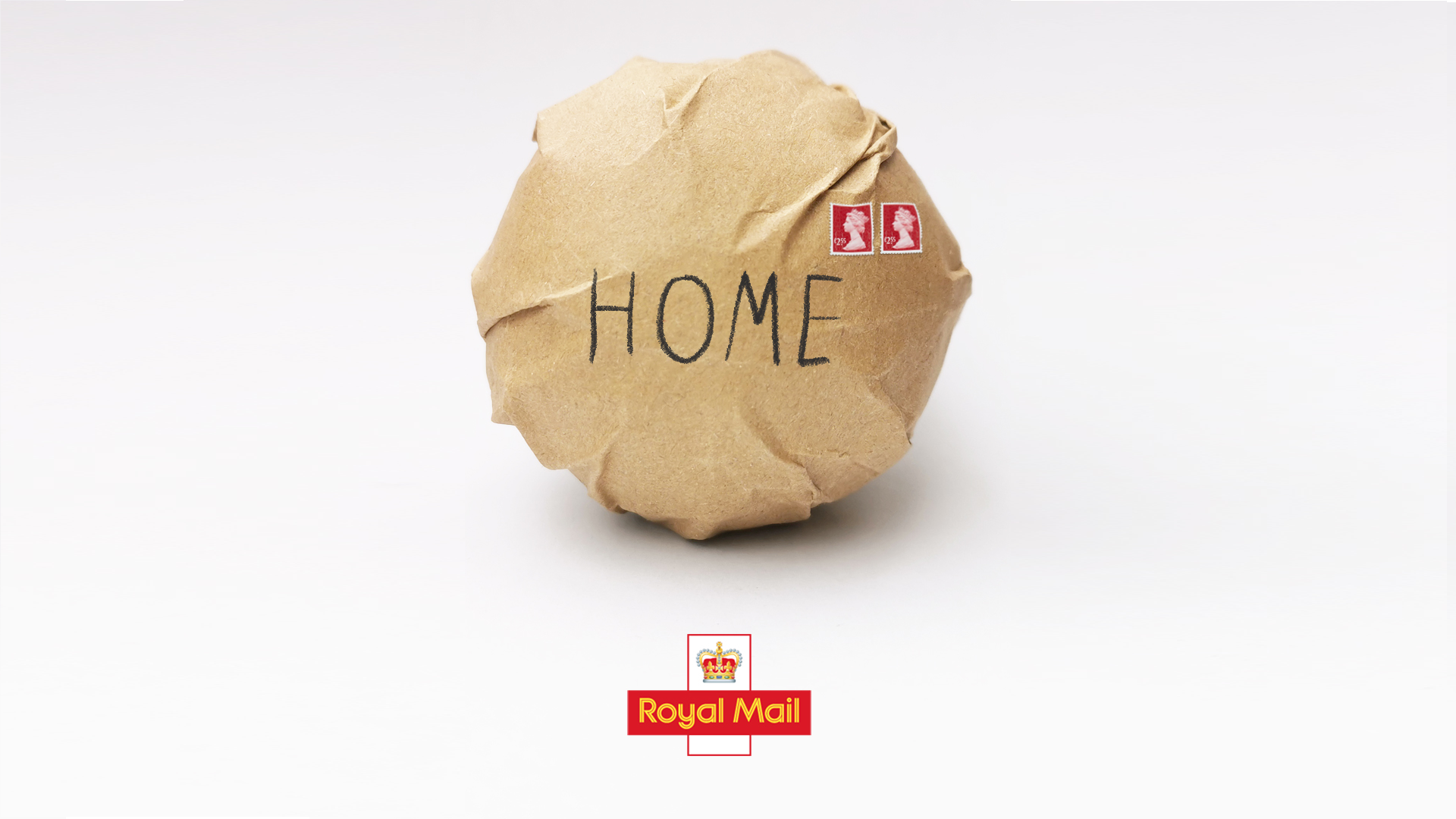Now’s a good time to talk purpose and football!
17 August, 2021 Reading: 3:40 mins
Here in Britain, it seems we don’t respond to cheerleading or flag-waving – but we do respond to a rallying cry.

I hate to bring up the pandemic again but it’s true that we did all kinds of new things – it massively changed the way we work, the products we sell and how we sold them. We personally broke conventions and took on doing many difficult things, because there was a rallying cry to protect the NHS and each other. Since 1980 Children in Need has raised over £1.5 billion. Recently the English football teams have given us a pretty positive rallying cry, even for non-fans. I think there are lessons here for business.
So many businesses we’re talking to right now are in bounce-back mode and they have a really good problem: too many opportunities. The pandemic legacy means many of us are also reorganising our ways of working or struggling to recruit. As many of us return to the office we need to develop what McKinsey call the ‘return to work muscle’ to deal intelligently with fast-changing rules and expectations around office work. So, we have an overload of sales leads, shifts in people’s personal view of work and the world, and struggles around the workplace and recruitment: most of this is true at KISS. I truly feel some kind of rallying cry can help with all these issues. It can give your leaders and strategists a red thread and your teams an extra reason to get out of bed and get into the office. So, there is real value in finding your rallying cry, and using any communications opportunities you have to put it to your staff, supply chain and customers.
How do you find it, and what do you do with it? Well, your purpose – your ‘why you exist’, and your brand values might be one place to start (are they explicit and clear to everyone?), but you can also look simply at the problems your offer solves, how you help people a little. Perhaps there are extraordinary things your team did to keep the business running recently. All these elements can help crystallise your own rallying cry which doesn’t need to be perfect: it may not be explicitly published much or used for marketing in this form – but it should resonate with you and your teams, be factually accurate, pithy and motivating. It can be helpful to get an outside perspective on this.
How do you then sell it internally? You shouldn’t need to work too hard. If your claimed customer benefits are genuine, if your actions and leadership show that you live this, you walk the talk with your clients and staff, then the right rallying cry will feel natural for everyone. A statement that rings true but that maybe was previously unsaid or less clear. It should be an easy sell and generally well received. Keep any claims you make positive and aspirational but keep a sense of realism. Repeat the cry often.
Once it’s up and running, also talk to your supply chain: it can be beneficial to link them in.
And how do you pitch your rallying cry externally? For a UK audience at least, this may need to be rather subtle and carefully managed. This literal rallying cry from the MoD is a good move given their brief but most of us can’t claim to be protecting the nation. Yes, your rallying cry should become a mantra internally, but more likely it will feature as a ‘red thread’ in your agency briefs, perhaps a bit more overt in your social media. Of course we do need to be very careful hitching our wagon to the rallying cry from an external cause or event: we saw some great examples around the football, from major sponsors and opportunists - and some terrible ones.
I think we can all take a lesson from recent events and look for a rallying cry in our businesses. Will it feel as exciting as it did having England in the final of the Euros? Unlikely. But it should endure beyond the final score, and if we do this consciously and genuinely, we should see payoffs in staff retention, in a clearer strategic direction, more engaged suppliers and very likely a happier workplace day to day.
